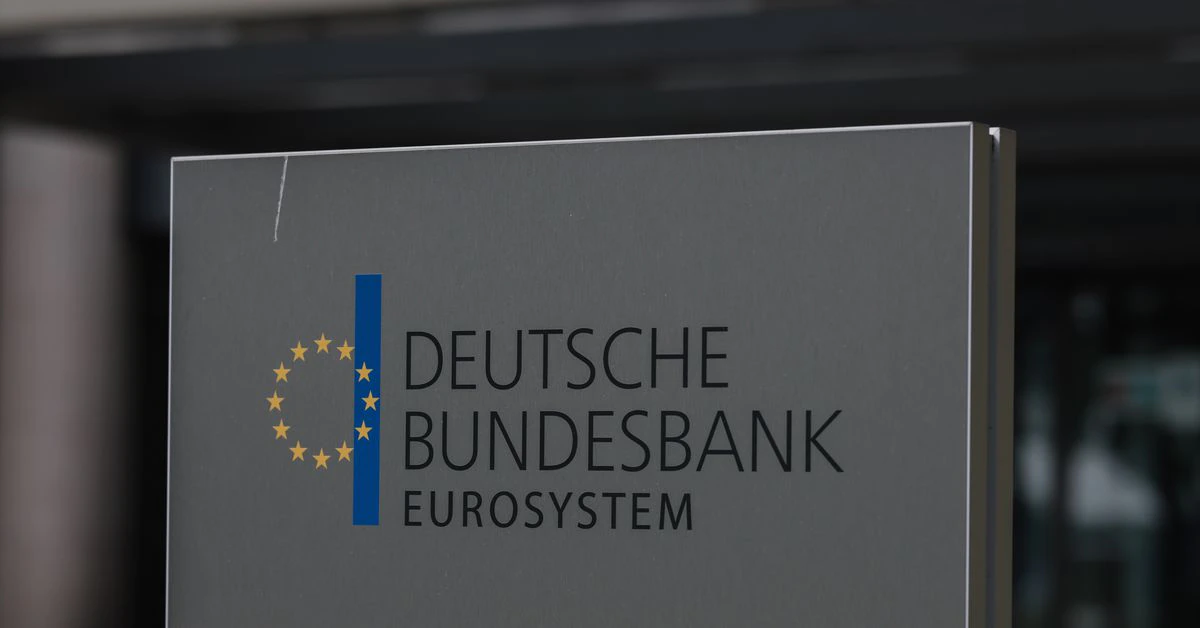Move over Jackson Hole and inflation fears. The real driver behind the recent swoon in crypto and stock markets is likely the impending liquidity drain stemming from the U.S. government’s Treasury General Account (TGA), a checking account held at the Federal Reserve that is poised for a significant buildup.
Bitcoin
has declined by over 8% to $113,500 since hitting record highs above $124,000 last Thursday, according to CoinDesk data. Prices for other major tokens such as ether (ETH), XRP , and solana’s SOL (SOL) have also corrected, dragging the broader market lower. The CoinDesk 80 Index has dropped 13% since last Thursday.
The bullish momentum has also weakened on Wall Street, where the tech-heavy Nasdaq index fell by nearly 1.40% to $23,384 on Tuesday, having hit a record high of $23,969 a week ago.
Most market commentary has attributed the losses on Wall Street and in crypto markets to investor de-risking ahead of Federal Reserve (Fed) Chair Jerome Powell’s scheduled speech at this week’s Jackson Hole event. The prevailing view is that persistent inflation data may prevent Powell from meeting the market’s dovish expectations.
However, David Duong argues that the primary driver of the sell-off is the fear of a liquidity drain from the expected TGA refill.
“Jackson Hole and PPI are just excuses for market players to trim risk ahead of the U.S. Treasury’s TGA liquidity drain (~$400B) in the weeks ahead. This explains why bitcoin has lost trend alongside many equity names. But we think the path forward looks clearer in September,” David Duong, head of institutional research at Coinbase, said on X.
What is the Treasury General Account?
The Treasury General Account is the U.S. government’s operating account at the Federal Reserve, which is used to collect taxes, customs duties, proceeds from the sale of securities, and public debt receipts, while facilitating government payments.
Just as our savings bank accounts, the TGA balance fluctuates daily, rising with receipts and falling with payments.
The Treasury typically spends the cash balance during periods of fiscal uncertainty, such as the evergreen debt ceiling saga, to ensure the government meets its obligations. The so-called TGA spend typically adds to liquidity in the system, greasing risk assets, as seen in early 2023 and early this year.
The opposite occurs when the Treasury seeks to rebuild its balance by issuing more debt than necessary to fund its obligations. This tends to suck out liquidity from the system.
The TGA refill is happening under fragile conditions
The TGA balance has risen from roughly $320 billion to over $500 billion since late July, according to data source MacroMicro. Seeking Alpha estimates that the Treasury may need to issue new debt worth $500-$600 billion in the next two to four months to restore the TGA to healthy levels.
The rebuild is happening against the backdrop of fragile conditions than in previous years, according to Delphi Digital.
“Compared to 2023, the financial system now faces fewer liquidity buffers, tighter balance sheet capacity, and a diminished foreign bid for Treasuries. The structural ability to absorb large-scale issuance has weakened across all major channels. If the Federal Reserve maintains its tightening stance or delays a pivot, the resulting mismatch between supply and available demand could drive up funding rates and spill over into broader risk assets, including crypto,” Marcus Wu, research analyst at Delphi Digital, said in an explainer.
Wu added that the last large-scale rebuild, which happened in the second half of 2024, was compensated by other pro-liquidity developments such as the $2 trillion in the Fed’s RRP facility, healthy bank reserves and strong foreign demand for the debt.
However, these factors have eroded over time, “leaving the current liquidity environment ripe for disruption,” Wu noted.
To cut a long story short, liquidity constraints pose a significant challenge for BTC bulls looking to engineer a steep uptrend well into the year-end.
Read more: Cardano, Dogecoin Lead Crypto Losses as Bitcoin Traders Fear Pullback to $100K




